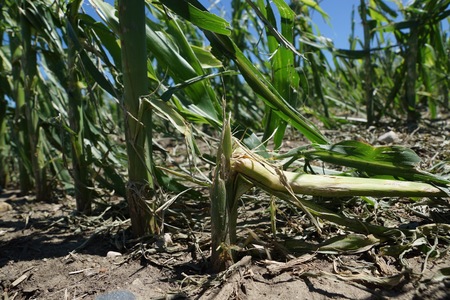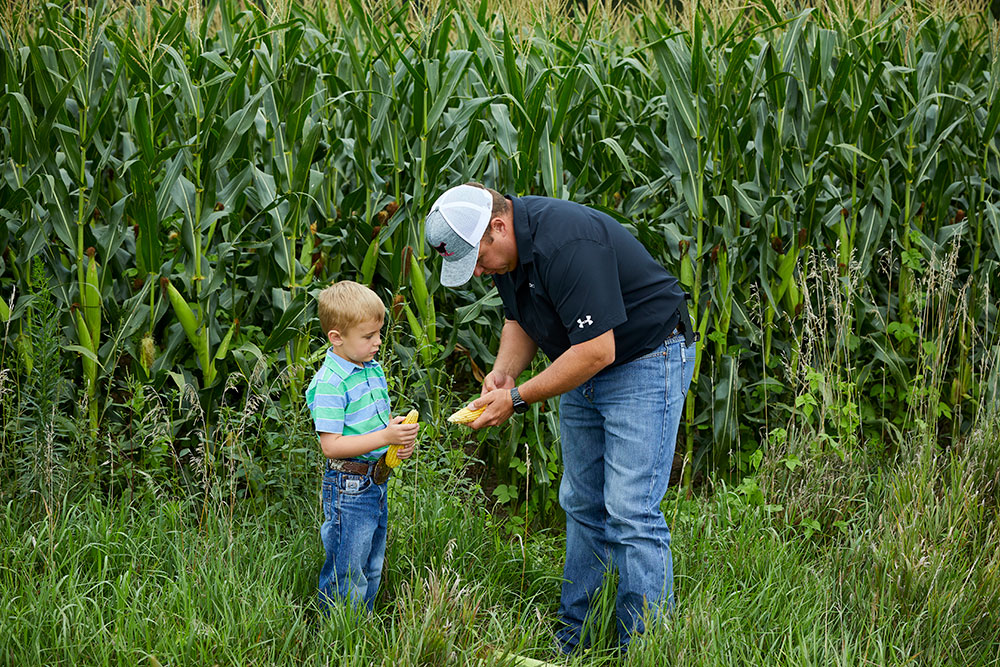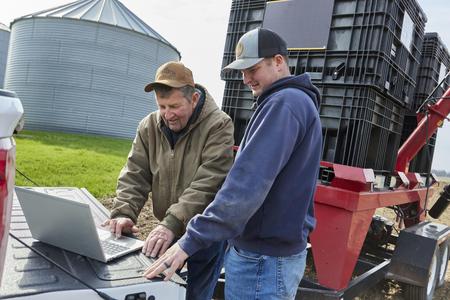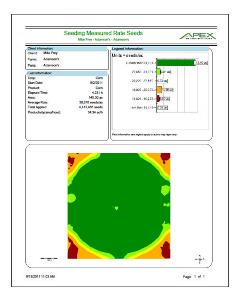Mega Menu
Mega menu is possible in BS5 but we will need to create a custom template layout for the navigation widget. The following is a hard-coded example.

Font Awesome 6
FA6+ icons will work on all widgets.
The FMH Icon box will need a new version created because the styling is broken in Bootstrap 5 templates (this has nothing to do with FA).
FMH Icon Widget
Icons can now be used in Content blocks by pasting the HTML tags from www.fontawesome.com into the HTML editor.
Here are some new icons from Font Awesome 6
face-awesome
envelopes
wheat-awn
Bootstrap Components
Code snippits from http://getbootstrap.com pasted into Content Blocks.
h1. Bootstrap heading
h2. Bootstrap heading
h3. Bootstrap heading
h4. Bootstrap heading
h5. Bootstrap heading
h6. Bootstrap heading
Nav Tabs
Nav Pills
Accordion
.accordion-body, though the transition does limit overflow.
.accordion-body, though the transition does limit overflow.
.accordion-body, though the transition does limit overflow.
Tables
| # | First | Last | Handle |
|---|---|---|---|
| 1 | Mark | Otto | @mdo |
| 2 | Jacob | Thornton | @fat |
| 3 | Larry the Bird | ||
Alerts
Image Carousel
Modals
Sitefinity Widgets
Default, out of the box, Bootstrap 5 templates available for widgets.
The navigation template used above is called Horizontal.
Navigation Widget - Tabs Template
Navigation Widget - Pills Template
Breadcrumb


List Widget - Expandable List Template
Precision Claims FAQs
List Widget - Simple List Template
Crop Claims Reminders
-
How To Report MPCI Claims
-
MPCI Claim Reporting Deadlines
-
Appraisals
-
Production Records by Unit
-
Production Delivered to a Commercial Elevator
-
Production From Precision Farming Technology Systems
-
Production Weighed and Farm Stored
-
Authorization for Load Records, Storage Structure Marking, or Combine Monitor Records
-
Fed Production
-
Quality Adjustment
-
What is a Simplified Claim?
-
What can insureds do to expedite the claim process?
List Widget - Anchor List Template
Quality Control Review FAQ
- What can an Insured do to prepare for a review?
- What can Agents do to prepare for a review?
- How does the review process begin?
Quality Control Review FAQ
What can an Insured do to prepare for a review?
Third party documentation (i.e. summary/settlement sheets from the elevator) is required when applicable and available. Insureds are expected to have available hard copy records that will 1) support the total production raised for the crop/county/year being reviewed and 2) that can demonstrate how production was kept separate between various units, practices and types (if applicable).
Insureds will also want make themselves available to meet with the quality control reviewer as the reviews will need to be completed before the claims can be processed.
What can Agents do to prepare for a review?
How does the review process begin?
Documents List - Documents List Template
Documents List - Documents List Template
| Title | Type | Size | |
| 602 KB | DownloadFMHQ Release 2 Guide | ||
| 405 KB | DownloadWFRP Checklist for Agents 2026 | ||
| 504 KB | DownloadWFRP Policy Provisions 2026 | ||
| 3231 KB | DownloadWFRP Handbook 2026 | ||
| 203 KB | DownloadECO_MCO_SCO_Coverage Comparison Flyer |
News Widget - News List Template
News list template is the only template available by default.
ECO 2025: WHAT THE NEW SUBSIDY RATE MEANS FOR INSUREDS
This July the USDA Risk Management Agency announced a subsidy increase for 2025 and expanded coverage options that makes ECO more attractive for more farmers.
Below, find excerpts from FMH’s latest InsureCast episode on how ECO performed in 2023 and how the product can be incorporated into risk management plans for 2025.
How ECO Performed in 2023
The USDA RMA released the final county yields for 2023 for all major spring crops in mid-June, including corn and soybeans. Despite high crop yields in some places across the country, low spring prices — especially a 17 percent decrease on corn — triggered a larger-than-average number of ECO payments. “The price was the story for 2023,” said Ryan Benes, FMH Assistant Vice President — Regional Sales Manager. “Essentially, if your county didn’t have at least 115 percent of your expected yield, you would have gotten an ECO payment.”
The protection ECO offers during large price drops makes it an impactful product for those who elect it, according to Benes.
“One of the reasons we love ECO is because of how well it mimics price protection,” he said. “The value you get with it is good.”
Ken Ripley, FMH Assistant Vice President — Regional Sales Manager, pointed out that challenging weather and price conditions proved that ECO was able to provide dependable coverage for farmers. “It’s when you have the combination of the droughts and the big price drops, the area plans provide that protection,” he said.
Subsidy Change for 2025
The ECO subsidy rate for the 2025 crop year is moving from 44 percent to 65 percent — a 21-point increase. The change results in significant premium savings for farmers who elect ECO as part of their risk management plan.
According to Benes, this subsidy change could prompt numerous changes in the number of farmers who choose ECO. “I think it opens up more regions to ECO,” he said. “I think we’ll see it sold and bought more outside of where it’s been bought previously.” He also expects to see more ECO coverage given that the product is available on over 36 crops for 2025.
In addition, ECO is not tied to FSA programs, nor does it require an underlying MPCI policy, giving farmers more flexibility to move their risk strategies toward a higher trigger on a county base.
Benes noted that the subsidy increase will likely mean a shift away from other product options, such as Margin Protection and RAMP. “I do think we’ll see some shift away from Margin Protection because it will not have the advantage of this additional subsidy,” he said.
According to Ripley, the subsidy change could also increase the number of producers who elect the ECO+™ endorsement from FMH, which provides even more top-end coverage on an individual basis. “This year, where producers were hit worse than the county was, ECO+ picked them up where the county stopped, which is what the product’s designed to do,” he said. “It’s no question that ECO+ is going to be a very popular product next spring.”
Impact to 2025 Risk Management Decisions
Both Ripley and Benes noted that the subsidy change could substantially influence producers’ buying decisions for 2025. “With that subsidy level, the value just becomes so significant. It’s hard to ignore,” said Benes. He described the possible savings: “If you went all in and bought ECO at 100 percent last year, it was probably around $30 per acre for a lot of farmers. This next year, that’s going to be $18.75 per acre. It makes it more affordable.”
Blog Posts Widget - Blog Posts Lists Template
-
Reporting Acreage with FMH Precision Solutions
Many policyholders already collect precision ag data during planting. Put that data to work to report acreage for crop insurance with FMH Precision Solutions.Full story -
Prepping Your Customers for Planting with Precision
Help your farmers use the precision data they're already collecting to simplify planting and reporting this spring.Full story -
Q&A with an FMH Precision Tech Specialist
Learn how our expert staff supports agents getting started with Precision SolutionsFull story -
Traditional vs. Precision Claims: What Are the Differences?
Oct 16, 2023, 14:01 by Eric RicheLearn how Precision Solutions can lead to simplified claims and easier APH reviews for your customers.Full story -
See How Precision Solutions Saves Premium and Improves APH
See the difference with examples from our recent FieldView™ Partner Connect webinar.Full story



